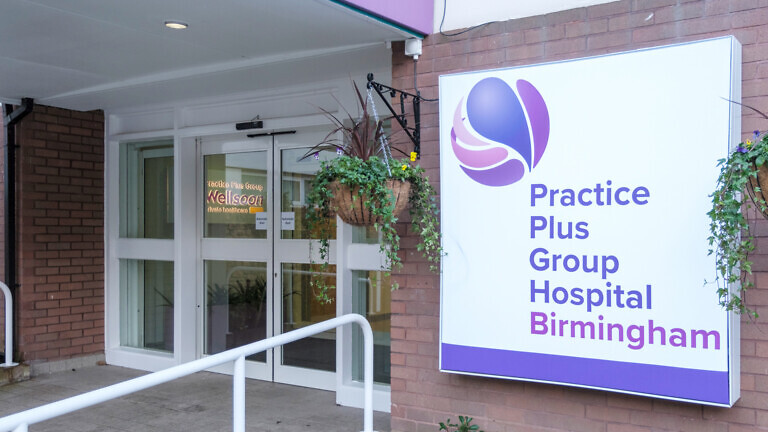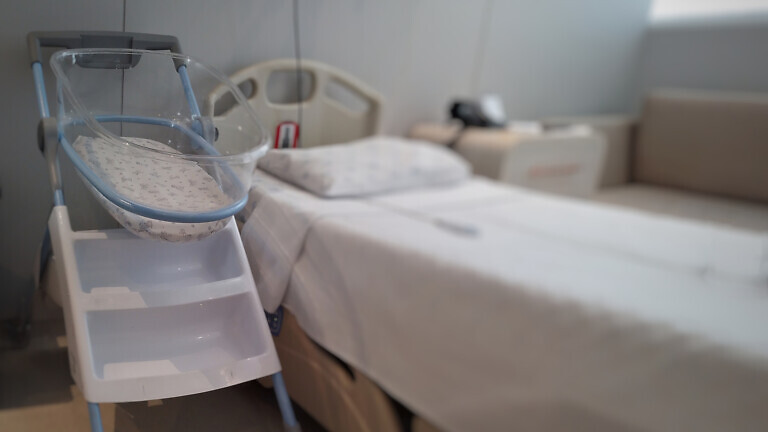Bernard Ross, chief executive and founder of Sky Medical Technology, explains why neuromuscular electrostimulation not only reduces oedema and accelerates wound healing, it can also save the NHS money.
While it is not directly responsible for leg ulcer development, lymphoedema can affect wound healing. This is due to reduced oxygenation of the tissues resulting from the presence of oedema, which can lead to skin damage for oedematous limbs, and ulceration, followed by a superficial infection – resulting in a delay in the wound healing.
In their study, Peter Mortimer and Stanley Rockson argue that “it may be better to consider the presence of chronic oedema as synonymous with the presence of lymphoedema, as all oedema represents relative lymph drainage failure”. Therefore, when assessed, peripheral oedema is often classified by possible systemic causes including local obstruction, heart failure, infection, nephrotic syndrome, injury, or tumours.
Those involved in the assessment approach need to appreciate that there is usually more than one cause of oedema, which means taking into account the central role of the lymphatic system in drainage and tissue fluid balance.
Wound management and ulcer differentiation is key
The standard of the management of leg ulcers has been identified as a UK-wide problem that involves both high financial and personal costs. One common area identified in the care of patients with a leg ulcer is a failure to establish the underlying cause of the wound.
Ideally, an accurate leg ulcer diagnosis should initiate the appropriate therapy, which will then be able to promote healing; however, an inaccurate diagnosis at the start means that the patient may not be started on the best course of treatment straight away. Although vascular disorders are the major cause of leg ulcers, there are other aetiologies that should be considered when the leg ulcer has failed to respond.
The extent of the burden that chronic wounds place on the health economy is evident, prompting the NHS to focus more on wound assessment. A combination of implementing evidence-based wound care practices and harnessing innovative solutions is essential to reduce healthcare practitioner activity, associated costs and most importantly, produce the best possible outcomes for patients.
Accurate differentiation between the ulcer types is also critical, as how the wounds are managed varies significantly, and despite their differing aetiologies, both conditions benefit significantly from interventions that enhance lower limb blood flow and reduce oedema.
As defined by Mortimer and Rockson, veno-lymphoedema leg ulcers (also known as lymphovenous ulcers) and venous ulcers represent distinct yet overlapping challenges in wound care. Venous ulcers for example primarily result from venous insufficiency, characterised by venous stasis, increased hydrostatic pressure, and the breakdown of skin barriers.

Veno-lymphoedema leg ulcer treatment challenges
Conventional treatments, such as compression therapy, are the cornerstone treatment for venous ulcers but are often contraindicated or problematic in mixed veno-lymphatic conditions, such as veno-lymphoedema leg ulcers.
The key reasons for this include the risk of exacerbating ischemia in patients with coexisting peripheral arterial disease (PAD), discomfort or pain due to extreme swelling, and the potential for compression bandages to cause further skin breakdown in fragile or infected tissues.
Additionally, improper application or excessive compression can worsen lymphatic damage. As a result, alternative approaches currently focus on manual lymphatic drainage (MLD), and skin protection. This underscores the need for individualised, multidisciplinary management strategies for patients with veno-lymphoedema leg ulcers, advocating for caution in applying compression therapy and promoting further research into safe and effective alternative or adjunctive therapies.
The potential for neuromuscular electrostimulation
Neuromuscular electrostimulation (NMES) has emerged as a promising adjunctive therapy to enhance blood flow and lymphatic function in the lower limbs. NMES involves the application of low-frequency electrical impulses to elicit lower limb muscle contraction via stimulation of a nerve, increasing venous and lymph system return and tissue perfusion.
The literature supports that NMES can improve lymphatic function. In that study, lymphatic imaging (use of a radioactive dye) was used to identify changes in lymph behaviour resulting from the use of the wearable NMES device. The results confirmed increased lymphatic function.
In addition, a multi-centre self-controlled trial saw wearable neuromuscular electrostimulation demonstrate significantly increased venous, arterial and microcirculatory blood flow, transporting oxygenated blood to the wound bed. This facilitated a doubling in the rate of healing in venous leg ulcer patients versus compression alone. It is also clinically proven to mitigate the inflammatory environment that is critical to tissue repair through the reduction of oedema.

An NMES device at work
In a case report, the experience of a veno-lymphoedema patient with chronic renal failure is followed, documenting episodes of lower leg blistering resulting in wounds. The patient had previously received twice daily dressing changes with frequent infections over a period of five years, with amputation and haemodialysis originally predicted as the eventual outcomes.
Consistent use of the NMES device saw episodes of blistering with open wounds reduce, along with accelerated healing, a reduction in fibrotic oedema and a return to more normal skin integrity. The patient’s mobility and ankle range of motion rapidly increased. Additionally, his renal function improved during the treatment process, with a reduction in serum creatinine to the point that haemodialysis was no longer being considered as an outcome. The improvements increased his mobility, activity, and quality of life. The results were described as unprecedented in the experience of the patient’s care team.
For individuals with veno-lymphoedema-related leg ulcers, NMES represent a novel, non-invasive approach with the proven ability to reduce oedema and accelerate wound healing – and can save on health system costs both now and in the future.



